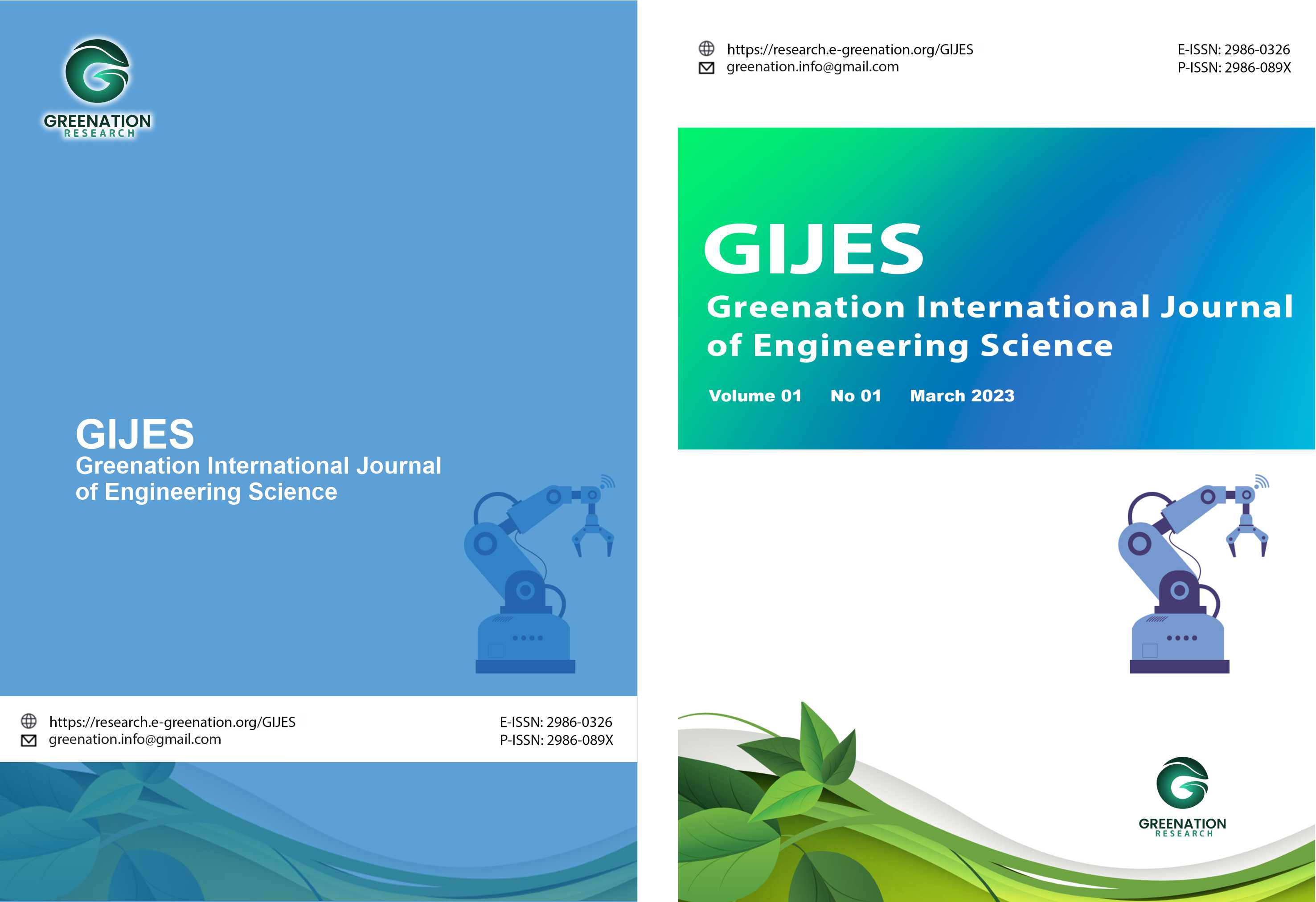Causes of The Failure of The Reciprocating Bilge Pump in Supporting The Bilge Transfer Process on Mv. Amanah Halmahera Amc
DOI:
https://doi.org/10.38035/gijes.v1i3.52Keywords:
Reciprocating Bilge Pump, Piston, Check ValveAbstract
The reciprocating bilge pump is an important auxiliary device in the bilge system in the engine room which functions to pump bilge from the bilge tank or engine room gutter to the OWS (Oily Water Seperator) and forward it to the ship's overboard. Reciprocating bilge pump is a type of reciprocating pump (piston pump) which is widely used for pumping viscous liquids or water mixed with oil. This pump generally consists of a pump housing or pump cylinder in which there is a plunger or piston which works by moving from TMB (Bottom Dead Point) to TMA (Top Dead Point) to suck liquid into and push it back out of the cylinder. This study aims to find out the causes of the problems and the efforts that can be made on the reciprocating bilge pump so that it can restore the performance of the reciprocating bilge pump. The research method that the authors used in compiling this research is a qualitative descriptive research. While data analysis is to identify the data set that has been obtained, so that the data can be analyzed and the purpose is analyzed in order to get a clearer picture in the preparation of this research both from the problems and the final results. It is hoped that this research research can produce ideas, solutions and appropriate problem solving, both in observing and handling the problems raised in this research. Based on research on the reciprocating bilge pump at MV. Amanah Halmahera AMC this pump is not working. This is caused by the release of the piston head from the piston rod so that there is no pressure on the pump and the check valve does not work properly so that it is difficult for the fluid to be sucked into the pump chamber. To prevent this problem, it can be done by reinstalling the check valve and cleaning the check valve.
References
Arismunandar, W. 2002. Piston Fuel Motor. Bandung: ITB.
Budi, Harsanto. 2013. Basic Science of Operations Management. Bandung: Unpad Press.
Bloch, Heinz P. 1997. Major Process Equipment Maintenance and Repair. Texas: Gulf Publishing Company.
Daft, Richard L. 2006. Management Edition 6. Jakarta: Salemba Empat
Haruo Tahara, Sularso. 2004. Pumps and Compressors, Jakarta: PT. Pradnya Paramita.
Herbert H. Tacket, 2008. Positive Displacement Reciprocating Pump Fundamentals Power and Direct Acting Types. Sheffield
Kurniawan, Fajar. 2013. Industrial Maintenance Management. Yogyakarta: Science Graha.
Muslim Mahardika, Andi Sudiarso, and Gunawan Setia. 2018. Design and Manufacturing of Centrifugal Pumps. Yogyakarta: Gadjah Mada University Press
Purwoko, Bambang Setiyo Hari. 2015. Machine Maintenance and Repair Management. Yogyakarta: Yogyakarta State University
Salim, Peter and Yenny Salim. 2002. Contemporary Indonesian Dictionary. Jakarta: Modern English Press.
Sehrawat, MS, & Narang, JS 2001. Production Management. Nai sarak: Dhanpahat RAI Co.
Hicks, Tyler G. 2008. Pump Operation And Maintenance. New Delhi
Downloads
Published
How to Cite
Issue
Section
License
Copyright (c) 2023 Akbar Yunez Husen , Diah Zakiah, M. Nurdin, Maurirz Sibarani

This work is licensed under a Creative Commons Attribution 4.0 International License.
Copyright:
Authors who publish their manuscripts in this journal agree to the following conditions:
- Copyright in each article belongs to the author.
- The author acknowledges that Greenation International Journal of Engineering Science (GIJES) has the right to be the first to publish under a Creative Commons Attribution 4.0 International license (Attribution 4.0 International CC BY 4.0).
- Authors can submit articles separately, arrange the distribution of non-exclusive manuscripts that have been published in this journal to other versions (for example, sent to the author's institutional repository, publication in books, etc.), acknowledging that the manuscript has been published for the first time in GIJES.

























